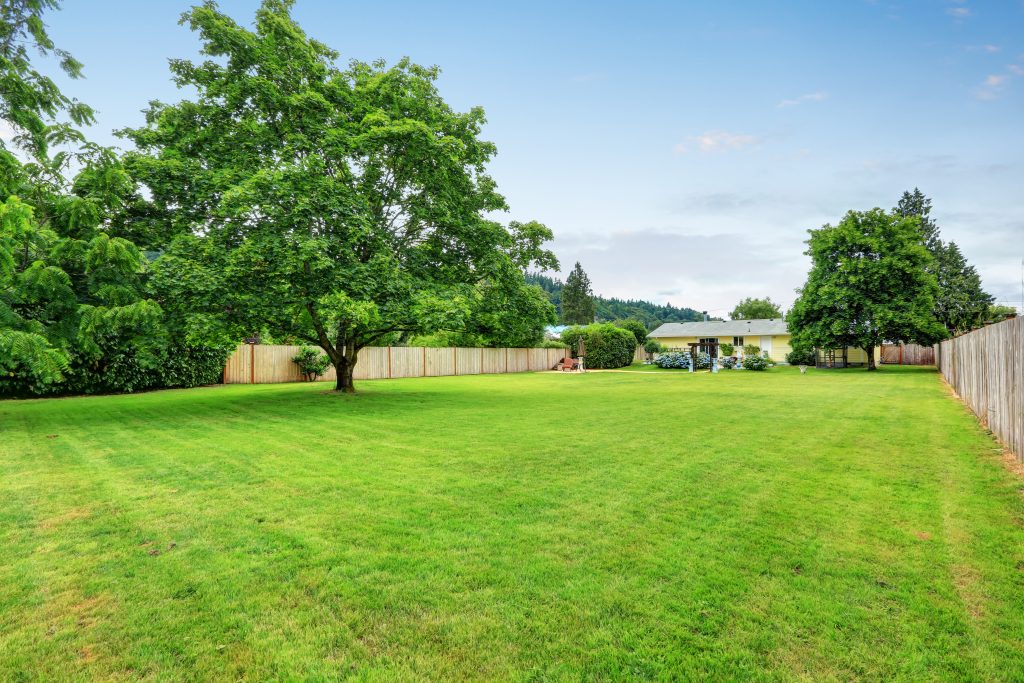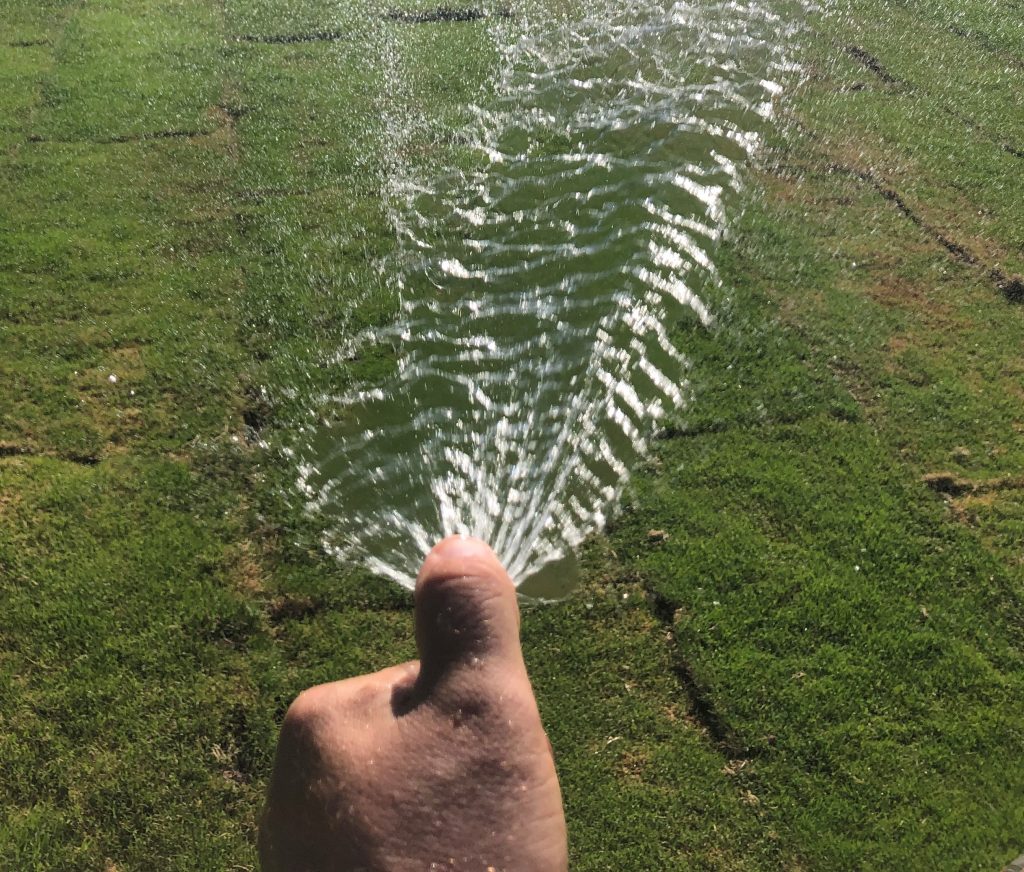Watering After Mowing – Yes or No?
Should you water your lawn after mowing? This is a question that has been asked by many homeowners. Some say irrigating a lawn after you’ve mown it is a good idea, while ...

Many of us water our lawns in all the wrong ways possible, and as a result, we use and waste much more water than is necessary. Overwatering can often expose our lawns to severe damage when summer arrives, promote the growth of fungal lawn diseases, and increase the time used and pollution created which comes from excessive lawn mowing.
By learning to water correctly we can eliminate all these problems very easily, and save a lot of money, water, pollution and time while still maintaining a beautiful lawn.
The Golden Rule for lawn watering is to let the lawn tell us when it is ready to be watered.
Only once the lawn is ready for watering, is it time for us to turn on the sprinklers.
The lawn tells us it’s time to water when we simply take a quick walk over our lawn once every few days or once a week and checking it’s overall condition. When we see the signs of the leaves of the lawn beginning to wilt and a slight leaf discolouration, then it’s time for another watering.
So the next morning, we turn on the sprinklers and give the turf a nice healthy and deep drink of water. And only ever water again the next time the lawn tells us it’s ready for another drink.

The other important factor with correct lawn watering is to create a deep root system for the grass.
This allows the lawn to become far more drought-tolerant, using less water and will survive and stay healthy in the Summer heat.
A deep root system is created by the very watering method outlined in this article. If the lawn is not being watered, it will naturally send its roots deeper and deeper into the soil, and it’s only when it begins to lack water – that the lawn will begin to wilt and slightly discolour and tell us it needs another drink.

Alternatively, if we watered often and in small amounts, the lawn would only create a shallow root system near the surface of the turf – because it has no need to send down roots deep into the soil to search for water.
The result of a shallow root system is the lawn begins to wilt very quickly whenever it goes without water for a short period of time, this occurs when the shallow topsoil quickly dries out, whereas the soil stays moist for longer the deeper it gets – so this is where we need the roots of our lawns to be.
It’s when summer arrives and we begin to get those hot days that a lawn with shallow roots will quickly dry out in the topsoil, suffer badly, and sometimes even just drop dead.

Lawns should never be watered out of routine. For example, it’s bad practice to set aside particular days of the week to water. This is because often the lawn may not need any water – so we’re wasting the water we do apply, and secondly because it creates a shallow root system which creates massive problems for our lawns.
Lawn Reticulation is a wonderful invention, it saves us a lot of time watering our lawns and gardens, waters all areas of the lawn consistently, and lets us set and forget about watering the lawns.
The problem arrives from overwatering when the reticulation switches itself on automatically regardless of whether the lawn needs the water, and as a result often creates a shallow rooted lawn which often requires even more water to stay alive.
All owners of reticulation systems can overcome these problems by switching-off the automatic timers on their watering systems.
Instead, we should follow the principle at the beginning of this article.
Simply take a walk over the lawn once in a while and check for signs of leaf wilting and stress, and when this is seen, it’s time to manually turn on the reticulation for a set amount of time.
And it’s really that simple
.